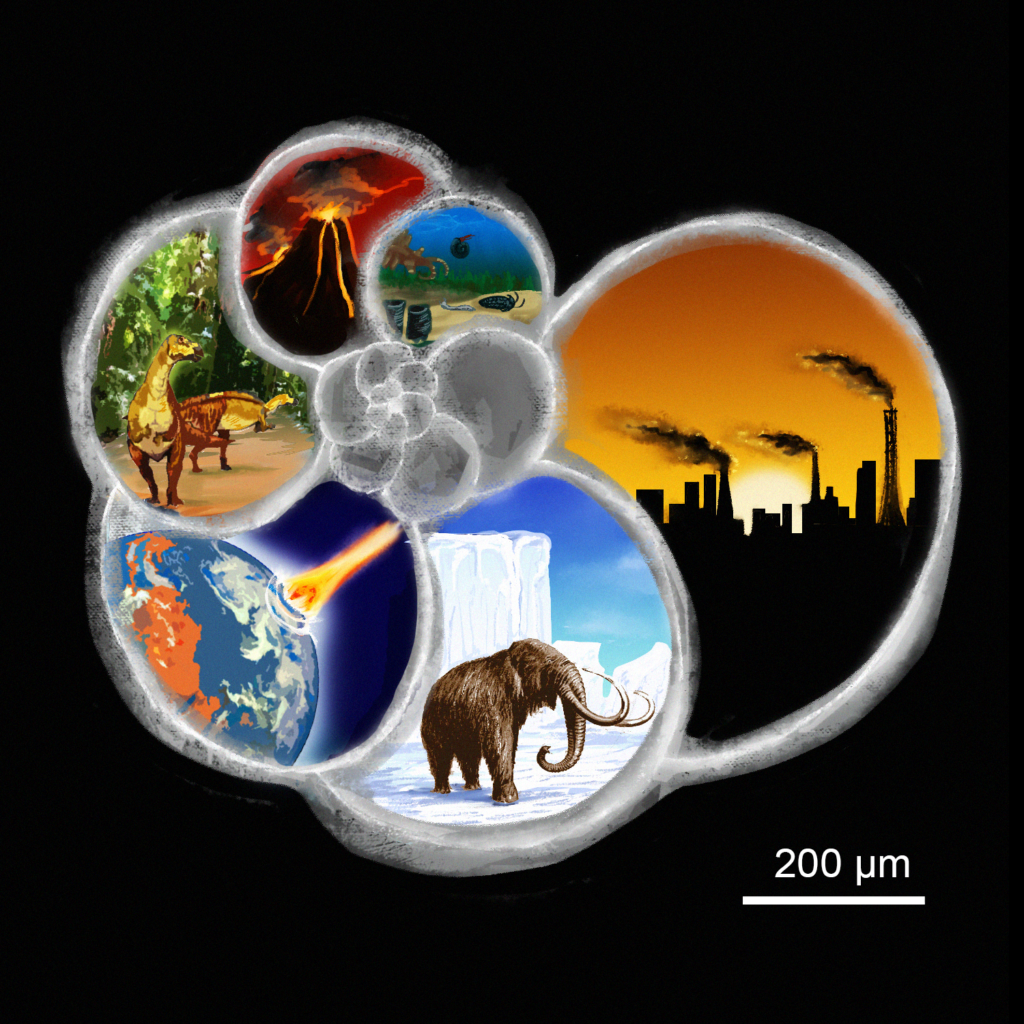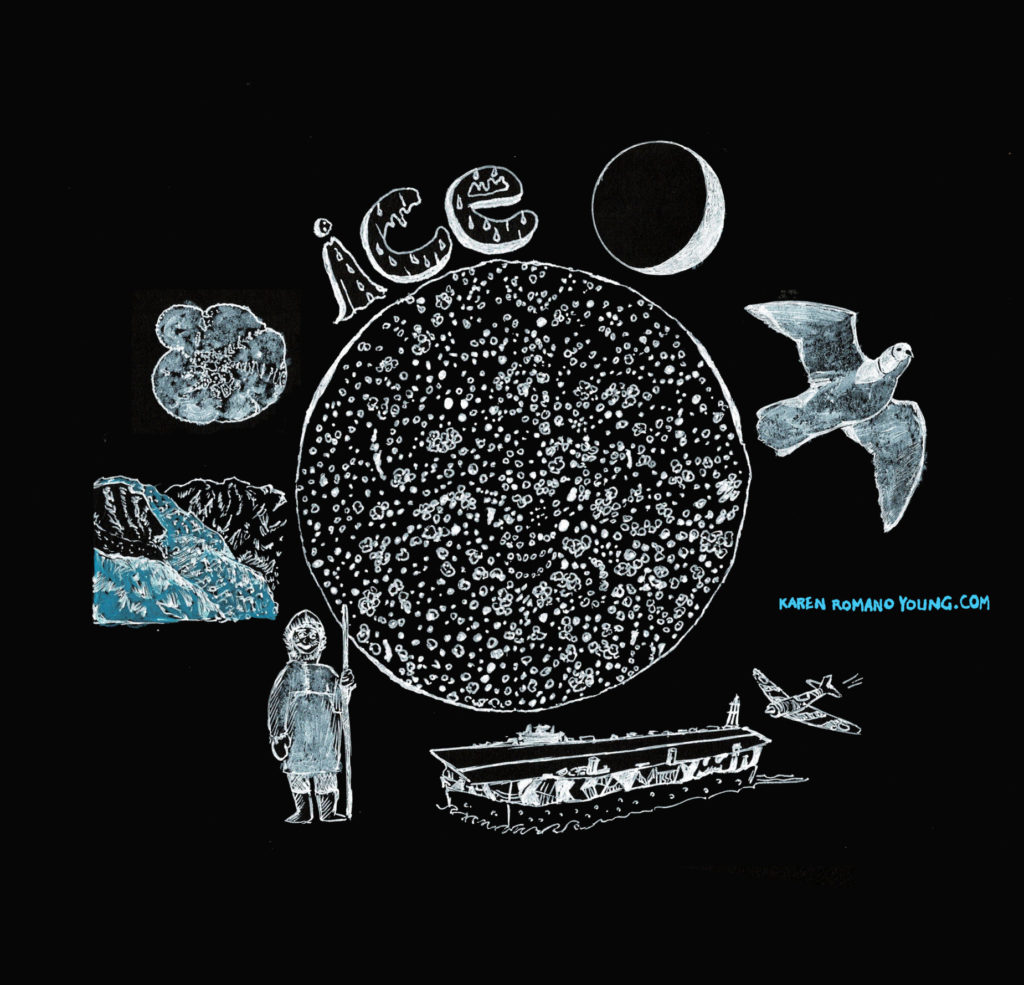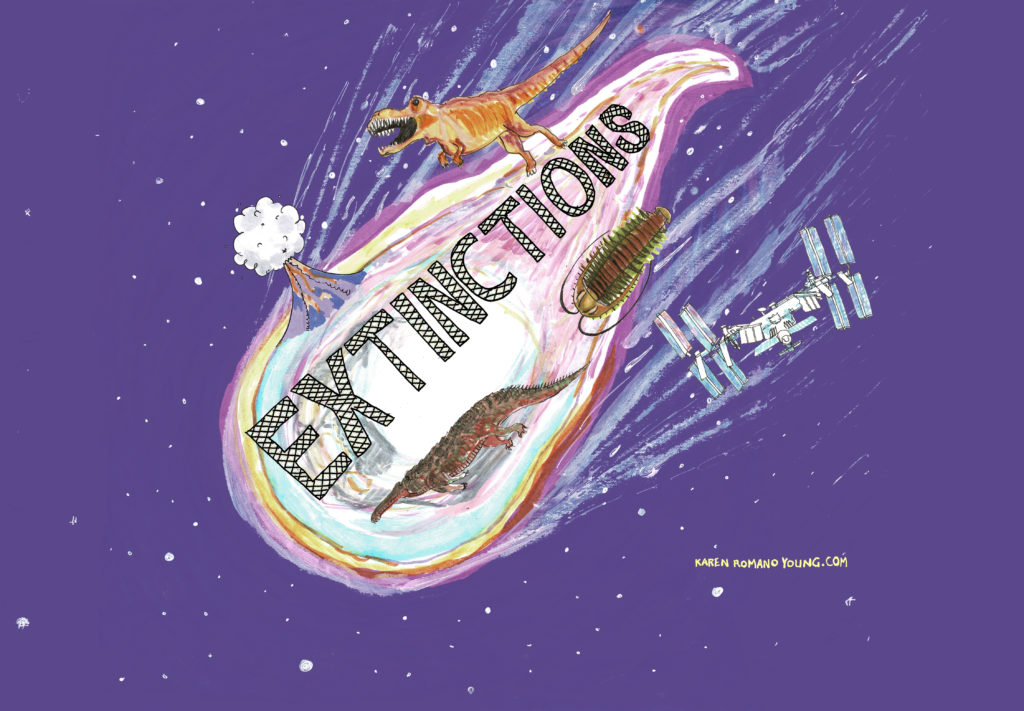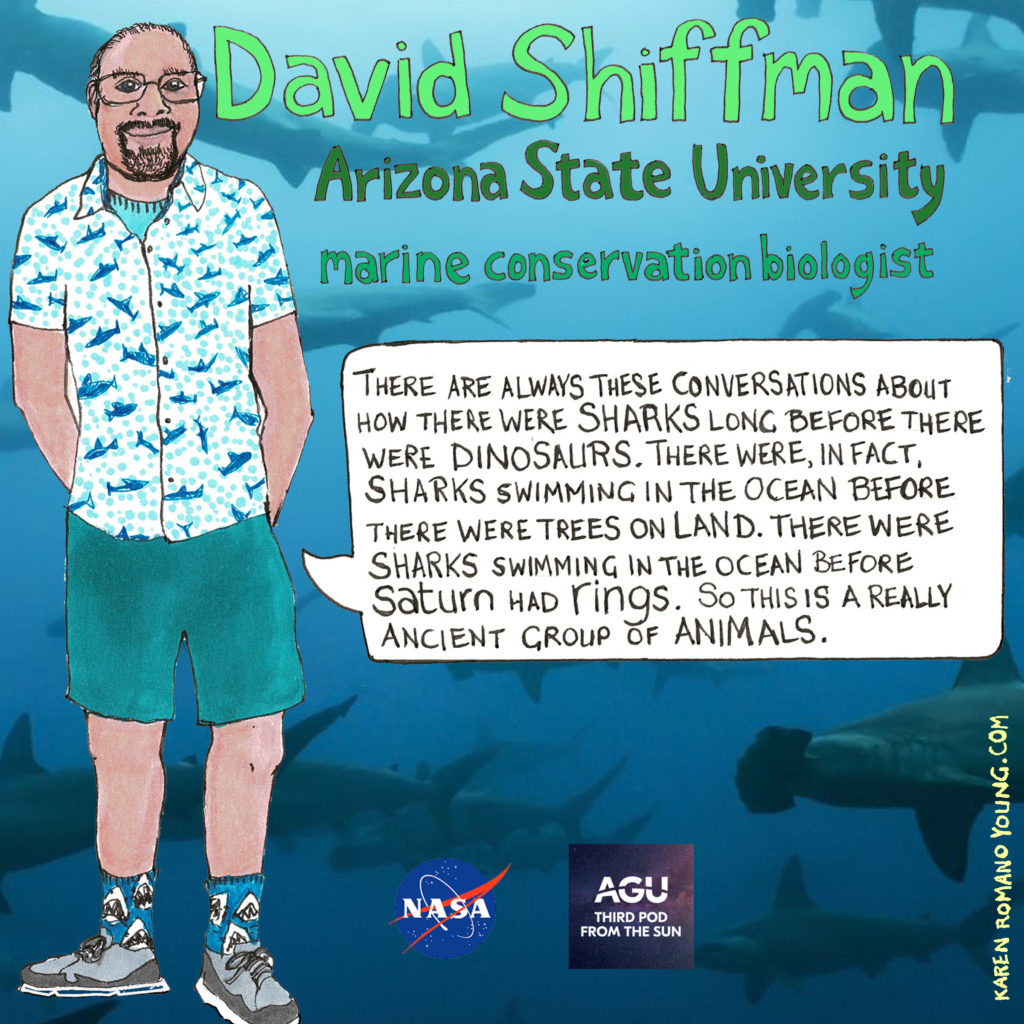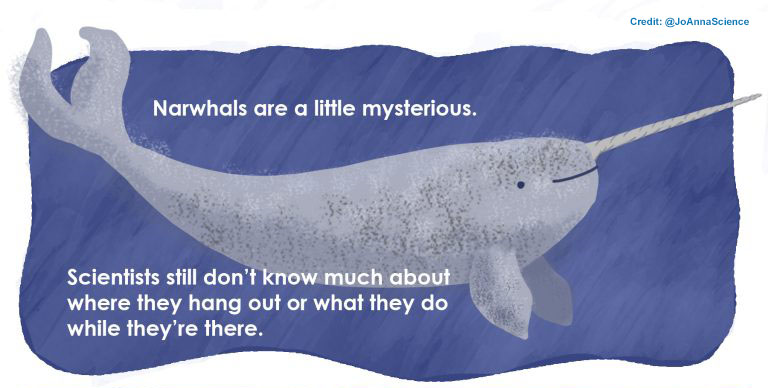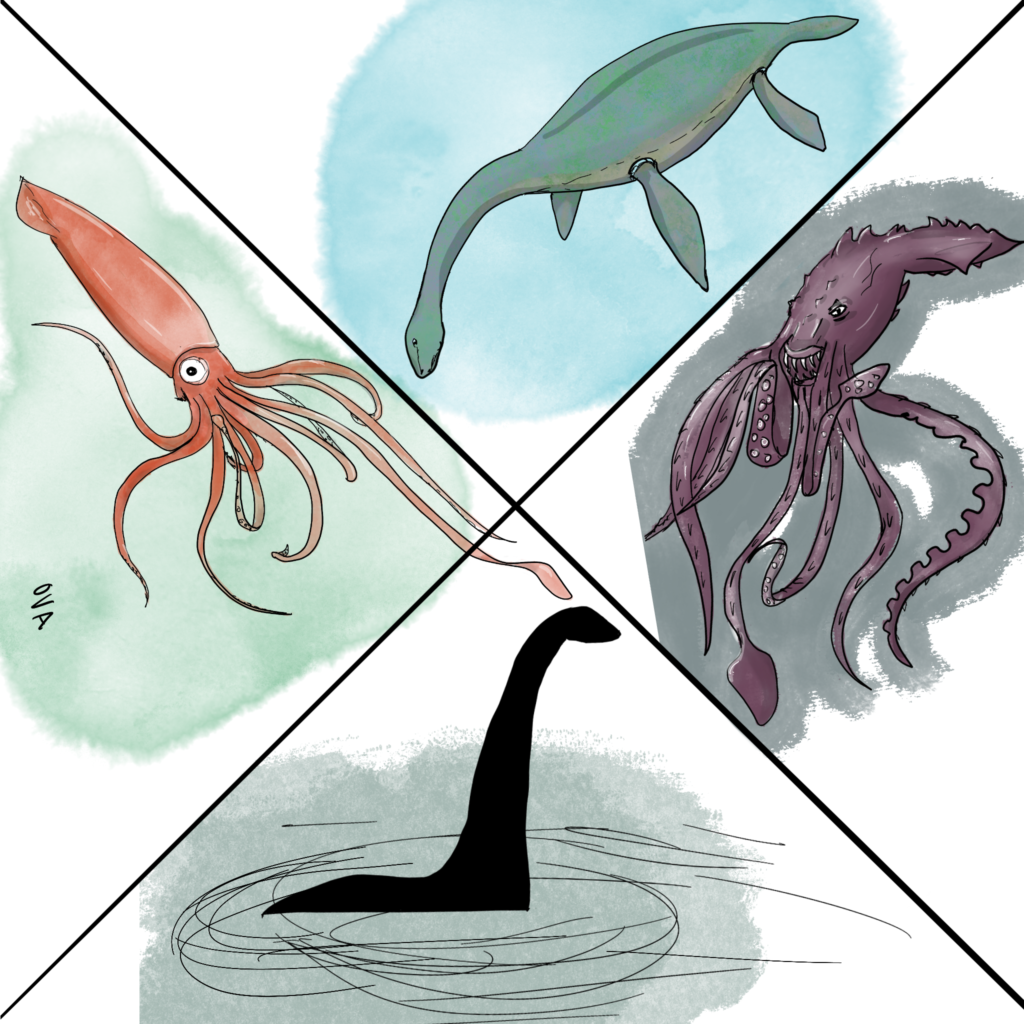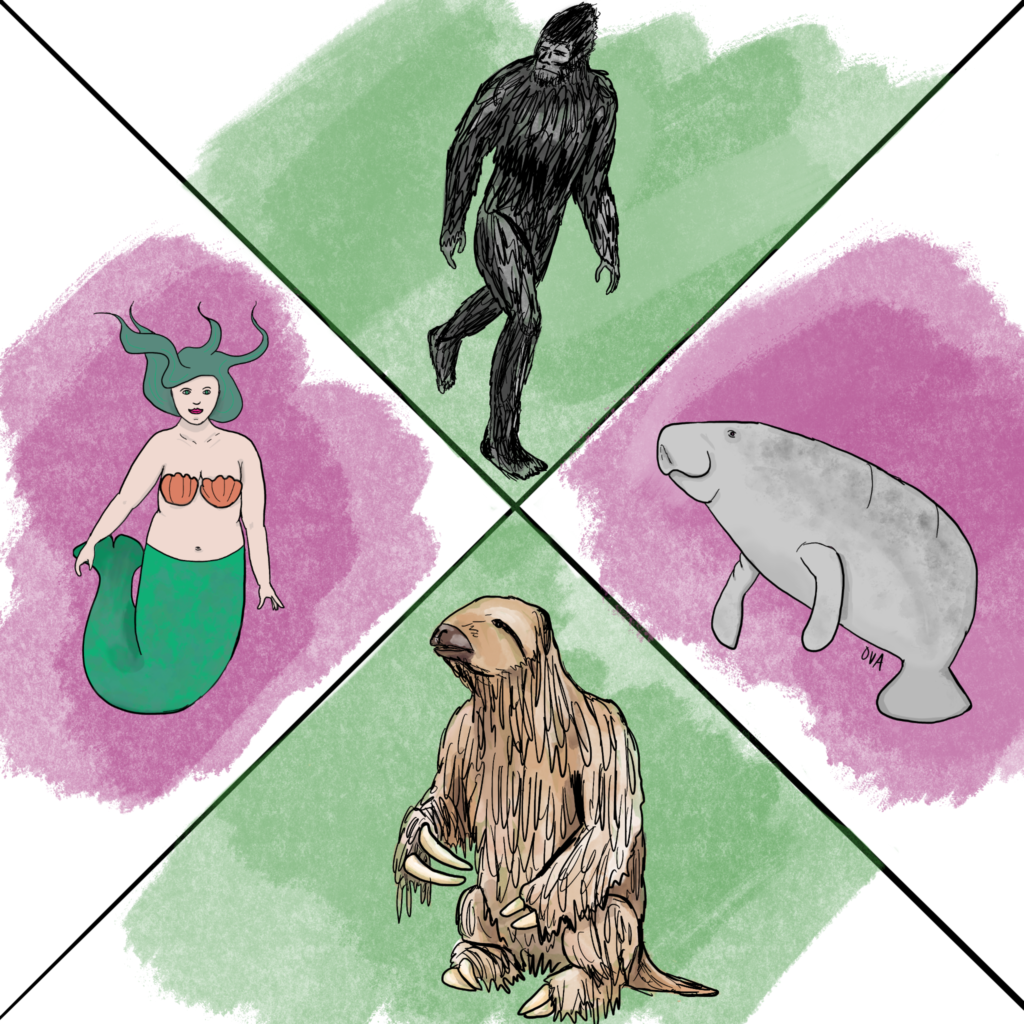Posts Tagged ‘ocean’
16-Ice: Shells of an ice-less past
Brian Huber is a climate detective at the Smithsonian who grew up collecting arrowheads in the woods of Ohio, but now collects and studies fossils from sediment cores. Brian uses fossils of tiny organisms − foraminifera − to track climate over millions of years, including the Cretaceous Hot Greenhouse climate.
Read More12.5-A podcast of ice and fire
Cool off from the summer heat with our next six-part miniseries all about ice – from those who call it home to its use as a tool in science.
Read More6.5-Extinctions: Dinosaurs, volcanoes, the space station, oh my!
Join us for our next six-part miniseries on Extinctions as we learn about the demise of the dinosaurs, what makes a comet “extinct,” the Cambrian and Triassic periods, volcanoes, and the aforementioned (planned) fiery end of the International Space Station!
Read More4-True story: Using TikTok for (shark) science good
Jaida Elcock says she thrives in chaos. And we’re inclined to believe her. From her ridiculously entertaining TikToks on animal facts, to her work with the non-profit Minorities in Shark Sciences (oh, did we mention she’s currently pursuing her Ph.D.), she seems to be managing that chaos pretty well. We talked with her about all of her endeavors, her inspiration from conservationist Jeff Corwin, and what (or who) she would like to see in science.
Read More1-True story: Slapped by a (misinformation) shark
David Shiffman is a shark guy. It’s in his Twitter handle, he’s writing a book about it, and he was wearing a shark shirt the day we interviewed him. But more broadly he’s a marine conservation biologist, meaning he studies all sorts of ocean-going animals.
Read MoreTrue (science) stories you’ve never heard before
Third Pod from the Sun is back, and we’re going weekly! Join us as we combat misconceptions about sharks, learn how to lasso lizards, hear from a Martian here on Earth, spark science joy via Tiktok, journey to Antarctica, and fight over food with some capuchins!
Read MoreStaff Picks: Chasing Narwhals
University of Washington biologist Kristin Laidre travels to the Arctic to study animals many of us have only seen in pictures. She has successfully tracked down the elusive narwhal and been up close and personal with a polar bear seeking to understand how the loss of sea ice and the effects of climate change are altering Arctic ecosystems.
Read MoreStaff Picks: Mythical monsters & their real-life inspirations (Part 2)
We’ve all heard stories about fantastical creatures that people swear they’ve seen and have evidence of but can never be confirmed. Think Bigfoot or the Loch Ness monster. Mermaids or the Kraken. While there’s no evidence backing the existence of these creatures, either in present day or at any point in the past, there must be a reason why such legends were created in the first place. In most cases, the legend in grounded in fact.
Read MoreStaff Picks: Mythical monsters & their real-life inspirations (Part 1)
We’ve all heard stories about fantastical creatures that people swear they’ve seen and have evidence of but can never be confirmed. Think Bigfoot or the Loch Ness monster. Mermaids or the Kraken. While there’s no evidence backing the existence of these creatures, either in present day or at any point in the past, there must be a reason why such legends were created in the first place. In most cases, the legend in grounded in fact.
Read MoreScientists Mine 16th Century Ship Logs for Geophysical Research
As ships explored the world from the Age of Sail through 20th century, mariners kept detailed navigation records using the Sun and stars. Scientists scoured these ship logs, many of which are preserved in European libraries, for clues about Earth’s magnetic field. The work, published in 2000, created the first-ever magnetic field map for the past 4 centuries.
Read More
